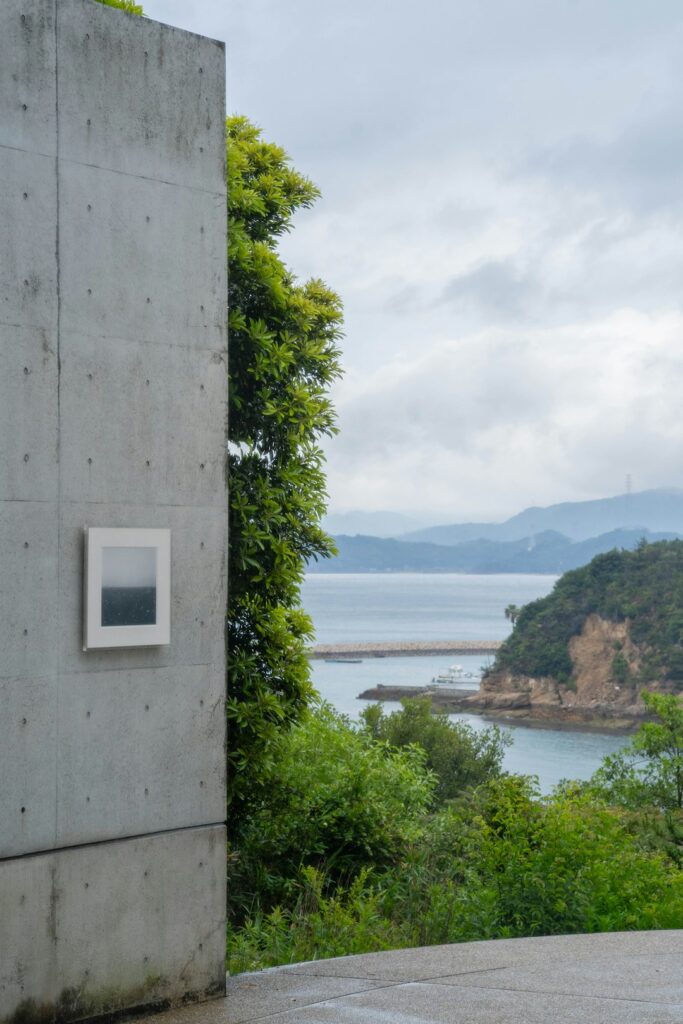Dreaming of strolling through open-air galleries, crossing serene sea channels, and uncovering works that blend seamlessly with untouched landscapes? As Japan’s appetite for cutting-edge art culture grows, once underrated islands are transforming into must-visit sanctuaries, tempting explorers from across the globe. Beyond the famed Naoshima, these hidden art islands promise inspiration, intimate creative retreats, and the magic of local discovery. Let us take you on a journey to Japan’s new secret art havens—where innovation, tradition, and nature converge like nowhere else.
Why Now? The Spotlight on Japan’s Hidden Art Islands
In recent years, Naoshima has emerged as a dazzling emblem of Japan’s contemporary art renaissance—a dream destination where architectural masterpieces rise amid quiet fishing villages. But in 2025, intrepid art lovers are seeking new horizons, craving the thrill of discovery and local encounters. As the allure of “the next Naoshima” spreads, smaller, lesser-known art islands are captivating attention. Their rise marks a wave in Japan’s tourism: slow travel, creative immersion, and sustainable exploration, all away from crowded landmarks. These secret islands are your ticket to the forefront of Japan’s revitalized rural art scene.
Spotlight on Inujima, Teshima & Sakushima: More Than Just Museums
Inujima: A short ferry ride from Okayama, Inujima fuses abandoned industry with avant-garde art. The Inujima Seirensho Art Museum—a former copper refinery—invites visitors to wander its maze-like corridors, where light and plant life form part of the exhibits. Outdoor sculptures stand guard along rocky shores, while hidden installations wait among old stone houses.
Teshima: Teshima’s centerpiece is the dreamy Teshima Art Museum, an otherworldly white dome nestled into terraced rice fields. Inside, water droplets glide across bare concrete floors, blurring boundaries between indoors and the natural world. All around the island, curated art spaces hide in old schools, shrines, and even forgotten fishermen’s huts.
Sakushima: Dubbed the “Art Island of Mikawa Bay,” Sakushima offers a playful and interactive take on art. Outdoor sculptures, whimsical photo spots, and installations—like the iconic “East House” and “West House”—invite visitors of all ages to touch, climb, and create. Here, art isn’t just for looking—it’s for living.
Local Life: Nature, Culture, and Authentic Encounters
Art may draw travelers to these islands, but the heart of the experience lies in daily life and the rhythm of the community. Each island offers a chance to cycle through rice paddies, chat with elderly locals, or partake in seasonal festivals marked by vibrant costumes and traditional music. Fresh seafood meals—often served at cozy minshuku guesthouses or pop-up seaside cafés—bring island hospitality to life.
Some artists reside in converted farmhouses or collaborate with villagers on eco-projects, blurring the line between visitor and resident. Join a local workshop, help out with rice planting, or simply immerse yourself in the gentle pace of “island time”—these moments become memories as lasting as any sculpture.
How to Visit: Pro Tips for Savoring the Art Islands
Getting to Japan’s art islands requires patience and planning—but that’s part of the adventure. Regular ferries depart from ports like Uno, Takamatsu, or Nishio, floating across the scenic Seto Inland Sea or Mikawa Bay. Travel light, as shuttle buses and bicycle rentals are the main modes of island transport.
- Best Seasons: Spring (March–May) and autumn (September–November) offer mild weather and blooming landscapes.
- Tickets: Some art sites require advance reservation, especially on weekends or during festivals—book ahead!
- Avoiding Crowds: Visit on weekdays, start early, and consider combining lesser-visited islands in a single trip for a more peaceful experience.
- Insider Tip: Join a guided art walk or community event to access hidden ateliers and private installations.
Keep an eye on regional ferry schedules, as they can change seasonally, and don’t be afraid to venture off the main art paths—serendipity is the soul of island travel.
Conclusion: Where Art and Japan’s Timeless Beauty Collide
Japan’s hidden art islands are more than open-air galleries—they are living, breathing collaborations between creators, nature, and local tradition. As you wander quiet lanes beneath old pines, or find a sculpture perfectly silhouetted against the sea, you’ll sense the unique energy that comes from this intersection. Each island offers a different lens on contemporary creativity, yet all invite a deeper reflection on place, memory, and what it means to connect.
For travelers hungry for discovery, personal connection, and rare inspiration, these islands are more than a trend—they are a gateway to a new Japan. Don’t just visit—immerse, explore, and let your own story unfold across these ever-evolving shores.







